Oaxaca, located in the southeast of the Mexican Republic, is the birthplace of two of the most important civilisations in Mesoamerica, the Binni Záa or Zapotecas and the Ñuu Savi or Mixtecas. Both inhabited in a different time the ceremonial centre that today we know as Monte Albán, located in the hills that surround to the city of Oaxaca, capital of the state and Cultural Patrimony of the Humanity by UNESCO.
In Monte Albán, both cultures left the legacy of their artistic skills, an example of which is one of the most important treasures discovered in Latin America. The treasure of the Tomb # 7 that contains beautiful works in ceramics, bone, lapidary and metallurgy, excelling in its design and techniques in gold and silver jewellery.
It is important to point out that although several studies have confirmed the existence of a route of production of Pre-Hispanic jewellery that went from Chile to Mexico and passed through Peru, Colombia, Costa Rica and Ecuador with their own techniques and styles, Oaxaca had a great mastery of the lost wax, falsa filigrana and martillado (repousse) techniques. These can be seen in jewels like the Puerdedor of Yanhuitlán de Chimalli and the commemorative breastplate pertaining to the Treasure of the Tomb # 7.
Upon the arrival of the Spaniards, during the conquest, a fusion was generated between the craftsmanship techniques of pre-Hispanic jewellery and the Arab style that the conquistadors brought from Europe. The jewellery of bouquet with Oaxacan filigree was born, a style that recreates aspects of nature, producing leaves, flowers and branches that combine gold or silver threads finely worked with pearls, corals and stones such as emerald, ruby and diamond.
The discovery of the magnificent treasure of Tomb # 7 made by Alfonso Caso on January 9, 1932, led to the formation of a new style of Oaxacan jewellery based on reproductions and handmade methods of making the pieces found in the tomb. Among the most outstanding members of that generation of master goldsmiths were José and Carlos Ortiz, Francisco and Alfonso Vargas, Saúl Pazos, Fausto Vargas Ramírez and Jorge Montealegre among others, who in turn formed disciples who maintain the production of the various styles of Oaxacan jewellery to our times.
In the 1950s, with the production of the beautiful and fine jewels created by the Oaxacan masters, special jewellery stores began to emerge, highlighting the Rosita jewellery of Doña Rosa Quevedo, St. Thomas of Doña Catalina Cortés de Rueda and Jewelry Tere de Doña Tere Calvo. At that time the jewellery of bouquet and filigree was popularised nationally and internationally as the earrings or pins of grape bouquets. Jewellers made the grapes from natural saltwater pearls or natural corals. Medallions and lockets were decorated with turquoise, pearl and coral. There were also filigree earrings of Hispano-Arabic influence, earrings or coquette rings decorated with coloured glass, fly earrings decorated with pearls and corals, earrings resembling worms, decorated with pearls or corals and endless designs that gave an account of the skill of Oaxacan goldsmiths.
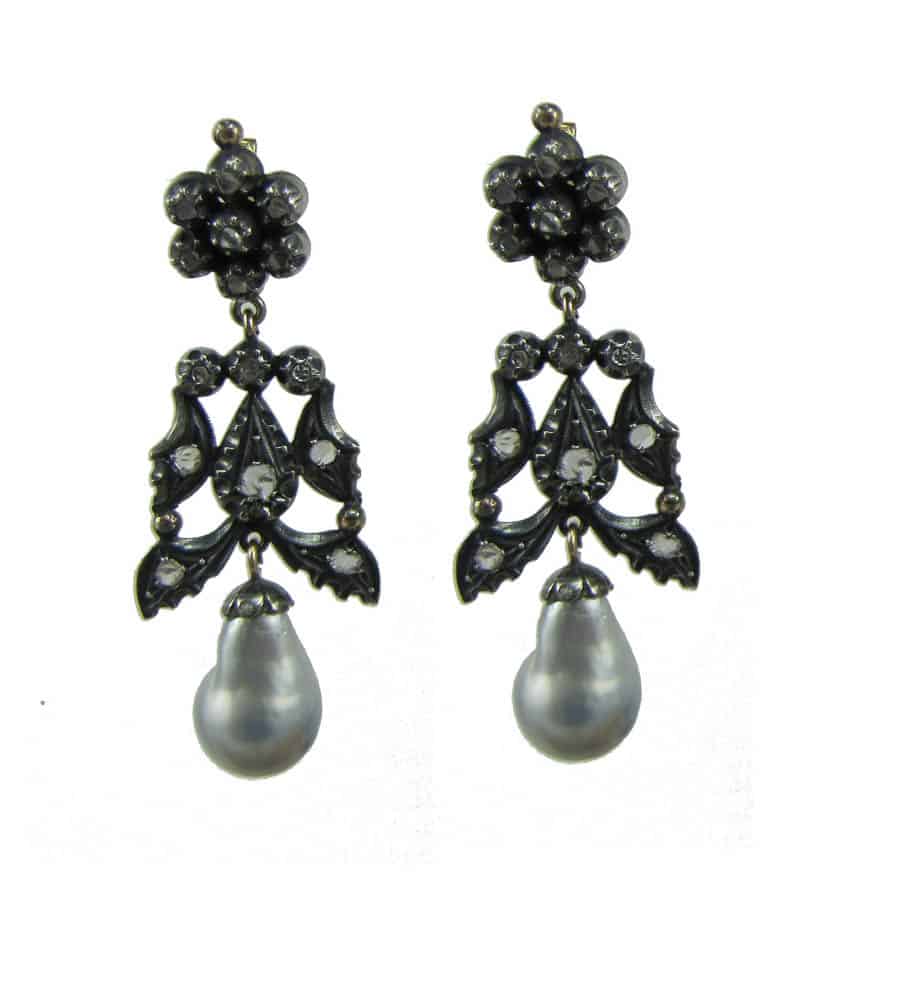
Towards the 1960s, jewellery also boomed with clear European influence, which was realised by combining gold and silver. Diamonds were mounted on the silver and decorated with manual engravings and natural precious stones as well as natural white and grey sea pearls.
It was very common to see the women selling goods in the public markets proudly wearing their earrings of flies, worms and baskets made in gold of different shades as well as jewellery with gold, silver pearls and diamonds in similar designs.
Today, in 2018, Oaxacan filigree jewellery struggles to stay alive, due to the international increase in gold and silver prices since the end of the twentieth century. With the economic and social transformation that Mexico has undergone, this activity has been gradually extinguishing. The great majority of the children and grandchildren of the master goldsmiths, despite having learned the trade in their youth, have changed their activity. Individual workshops subsist and only one company tries to maintain the quality in the designs and the quality in its manufacture although the majority of its production is in silver.
Master Fausto Vargas Ramírez is a living witness of a long gone time that refuses to die. He joined the workshop of Maestro José Ortiz as a child, and participated creating beautiful and socially significant works for Oaxaca, such as the elaboration of the Corona de la Virgen de la Soledad. At almost 90 years of age, he continues working a couple of hours in the workshop of his house. We dedicate these lines to him and those who built with their effort and work, but above all with passion and love for their art, the well-earned fame of Oaxacan jewellery.
Author
 I was born in the city of Oaxaca in 1953, into a jeweller family, the son of Rogelio Rojas González and Tere Calvo Quevedo. When my father died at a very young age, I spent my childhood with my mother and my grandmother Rosa Quevedo, who achieved family support through their Rosita Jewelry business, allowed me to meet and live with the jewellery masters of that time. When I finished my university studies in Business Administration at the Universidad Iberoamericana in Mexico City, I returned to Oaxaca to support my mother in her business that at the time was called Tere Jewelry. In 1985, we founded Oro de Monte Albán SA de CV, a company focused on the manufacture of jewellery. In 1990, together with my wife Inés Valadés, we founded Comercial OMSA SA de CV, a company focused on the marketing of jewellery. Currently with the two companies we generate direct work for 60 families and we have branches in Oaxaca, Mexico City and San Miguel de Allende. We have also set up a Civil Association to preserve and disseminate the Oaxacan jewellery, through the transmission of knowledge and the formation of new generations of goldsmiths.
I was born in the city of Oaxaca in 1953, into a jeweller family, the son of Rogelio Rojas González and Tere Calvo Quevedo. When my father died at a very young age, I spent my childhood with my mother and my grandmother Rosa Quevedo, who achieved family support through their Rosita Jewelry business, allowed me to meet and live with the jewellery masters of that time. When I finished my university studies in Business Administration at the Universidad Iberoamericana in Mexico City, I returned to Oaxaca to support my mother in her business that at the time was called Tere Jewelry. In 1985, we founded Oro de Monte Albán SA de CV, a company focused on the manufacture of jewellery. In 1990, together with my wife Inés Valadés, we founded Comercial OMSA SA de CV, a company focused on the marketing of jewellery. Currently with the two companies we generate direct work for 60 families and we have branches in Oaxaca, Mexico City and San Miguel de Allende. We have also set up a Civil Association to preserve and disseminate the Oaxacan jewellery, through the transmission of knowledge and the formation of new generations of goldsmiths.

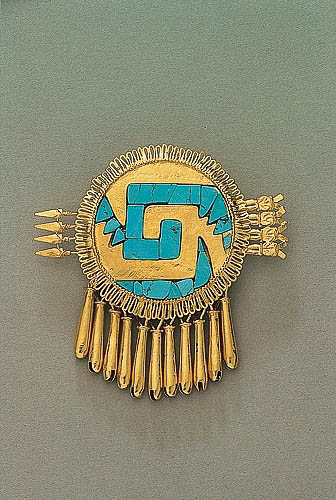

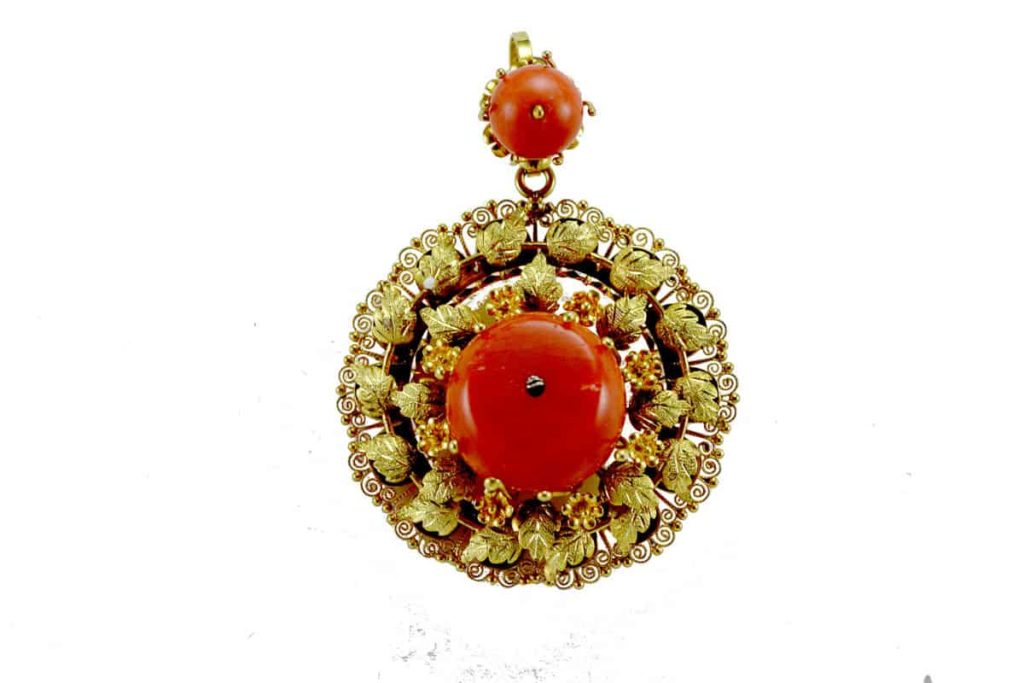

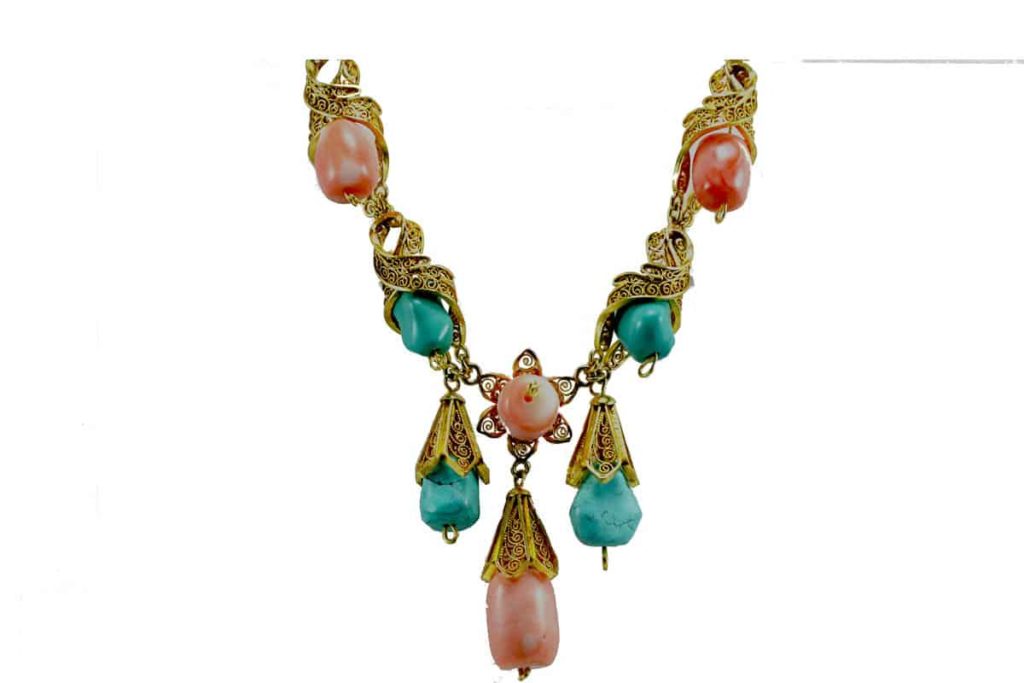
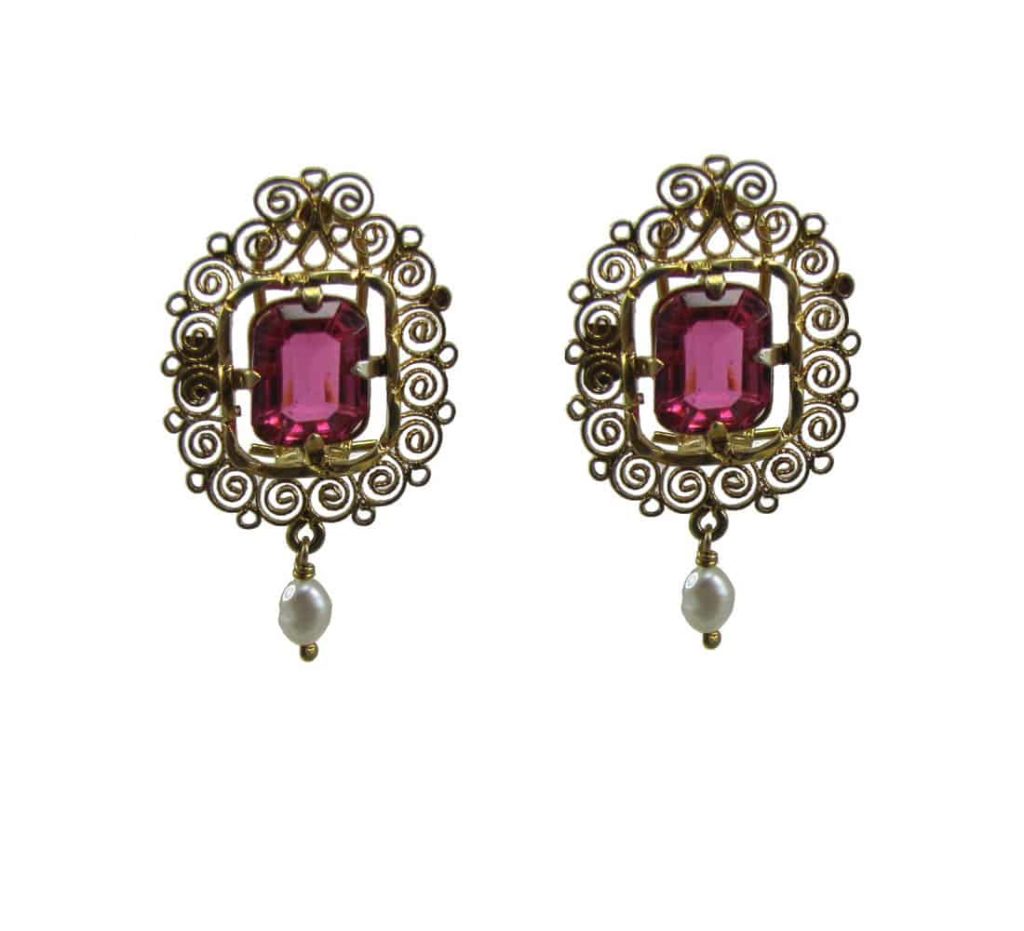

Comments
Beautiful work. I saw many of these piece of jewelry when I visited Oaxaca. It was such a pleasure to see.
Thank you for this informative article. I love the chimalli. I wish I could have earrings like them. Beautiful pieces.